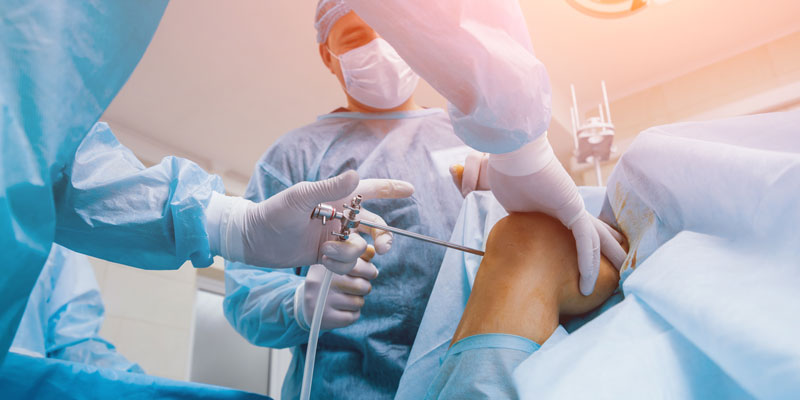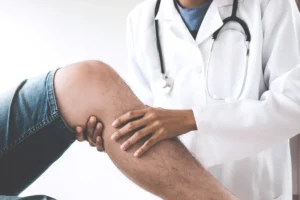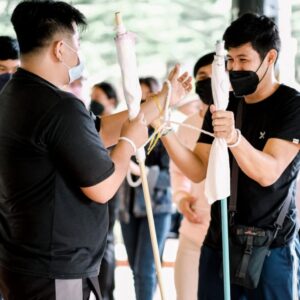Knee arthroscopy is a minimally invasive surgical procedure used to diagnose and treat various knee conditions. Following surgery, rehabilitation exercises play a crucial role in restoring mobility, strength, and function to the knee joint. This guide outlines essential exercises and recovery strategies to help you recover effectively after knee arthroscopy.
Understanding Knee Arthroscopy Recovery
Recovery from knee arthroscopy typically progresses through several phases, each with specific goals and exercises. Immediately after surgery, focus is on reducing swelling and restoring range of motion. Over the following weeks and months, rehabilitation shifts towards strengthening the muscles around the knee and improving joint stability.
Initial Rehabilitation Phase
During the initial phase of recovery (immediately post-op to weeks 1-2), the emphasis is on managing pain and swelling while gradually restoring knee movement. Simple exercises such as ankle pumps, heel slides, and gentle quadriceps sets help maintain flexibility and prevent stiffness.
Strengthening Exercises
As pain and swelling decrease (weeks 2-6), begin incorporating strengthening exercises to rebuild muscle around the knee joint. Exercises like straight leg raises, mini-squats, and hamstring curls are effective in improving muscle tone and supporting knee stability. Perform these exercises under the guidance of a physical therapist to ensure proper technique and progression.
Flexibility and Range of Motion Exercises
To regain full range of motion and flexibility, focus on stretching exercises. Gentle stretches for the quadriceps, hamstrings, and calves help maintain flexibility and prevent scar tissue formation. Hold each stretch for 20-30 seconds, repeating 3-5 times daily to gradually improve joint mobility.
Balance and Proprioception Training
Balance exercises are essential for improving proprioception (the body’s sense of joint position) and preventing future injury. Incorporate exercises like single-leg stance, heel-to-toe walking, and balance board drills to enhance stability and coordination. Start with simple exercises and progress as balance improves.
Functional Exercises for Daily Activities
As strength and mobility improve (weeks 6 and beyond), integrate functional exercises that mimic daily activities. Practice activities such as walking, stair climbing, and squatting to prepare for a safe return to daily routines. Gradually increase intensity and duration under the guidance of your healthcare provider.
Nutrition Tips for Recovery
A balanced diet rich in nutrients supports healing and recovery. Focus on consuming lean proteins, whole grains, fruits, and vegetables to promote tissue repair and reduce inflammation. Stay hydrated and consider incorporating anti-inflammatory foods such as fatty fish, nuts, and berries into your diet.
Managing Pain and Discomfort
Effective pain management strategies post-surgery include ice therapy, elevation, and over-the-counter pain relievers as recommended by your doctor. Heat therapy may also be used to relax tight muscles and improve circulation. Consult your healthcare provider for personalized pain management recommendations.
Takeaway
Recovering from knee arthroscopy requires patience and commitment to a structured rehabilitation program. By following these exercises and strategies, you can enhance your recovery and regain pain-free mobility. Remember to consult with your healthcare provider or physical therapist before starting any new exercise regimen to ensure it is safe and appropriate for your recovery stage.




